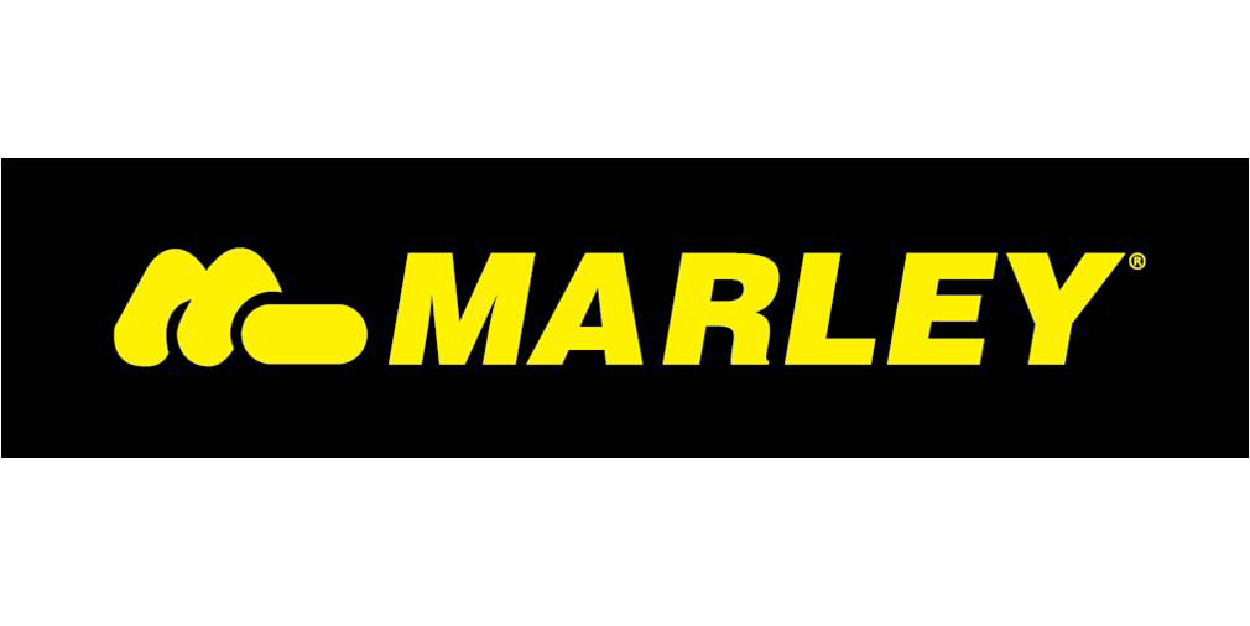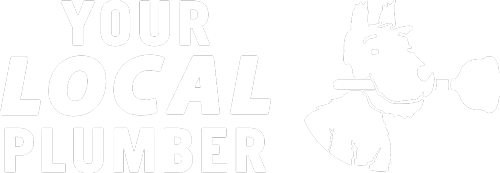
Call Today 09 973 4973 or
Tap and fixture leaks are common problems in homes and can lead to significant water wastage if not promptly addressed. These leaks can occur for various reasons, from worn-out washers and seals to corroded valve seats or even loose parts. This article will explore the common causes of tap and fixture leaks, methods for detection, and steps for managing them.
The Common Causes of Tap and Fixture Leaks
Several reasons may cause a tap or a fixture to leak, and understanding these can help in addressing the issue more effectively. Here are the most common causes:
Worn-Out Washer: Each time a tap is used, the washer is forced against the valve seat, causing it to wear out over time. This wear can lead to drips and leaks.
Corroded Valve Seat: The valve seat, which connects the tap and the spout, can become corroded over time due to water accumulation, causing a leak around the spout.
Improper Washer Installation or Wrong Size: If a washer isn’t correctly installed or is not the right size, it can cause the tap to leak.
O Ring Issues: The O ring, a small disc attached to the stem screw, can become loose or wear out over time, causing the handle of the tap to leak.
Detecting Tap and Fixture Leaks
Detection of tap and fixture leaks typically involves regular inspection and careful observation:
Visual Inspection: Check for any visible signs of leakage around the tap or fixture. This could be a pool of water beneath the tap, damp surfaces, or water stains.
Auditory Inspection: In a quiet environment, listen carefully for the sound of dripping water, even when the tap is turned off.
Check the Water Meter: If you suspect a leak but can’t identify a source, you can check the water meter. If it’s still running despite all water outlets being turned off, this could indicate a leak somewhere in your plumbing system.
Managing Tap and Fixture Leaks
Once a leak is detected, swift action can prevent water wastage and potential damage:
Repair or Replace the Defective Part: This could be as simple as replacing a worn-out washer or O ring, or it may require a more involved process like replacing the entire tap.
Seek Professional Help: For complex leaks, or if you’re unsure about doing the repair yourself, it’s best to seek help from a professional plumber. They have the tools and expertise to correctly identify and repair the leak.
Preventing Tap and Fixture Leaks
Prevention is better than cure. Regularly inspect your taps and fixtures, looking out for signs of wear and tear or corrosion. Fix small leaks promptly before they become bigger problems.
Tap and fixture leaks, while common, can be managed effectively with prompt detection and appropriate action. Regular maintenance and vigilance can help prevent these leaks, saving water and potential repair costs.
Suppliers




